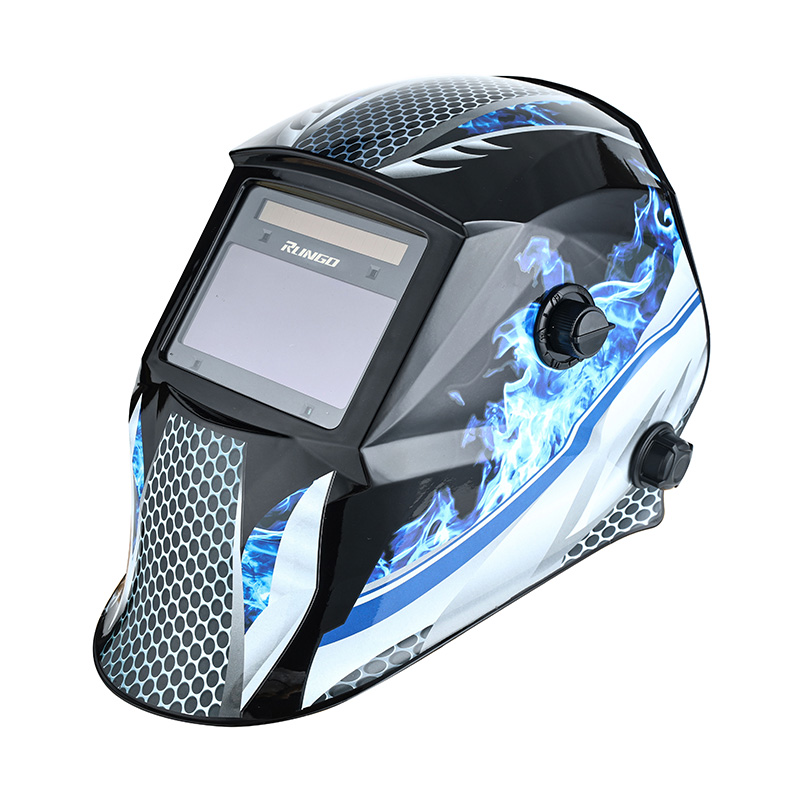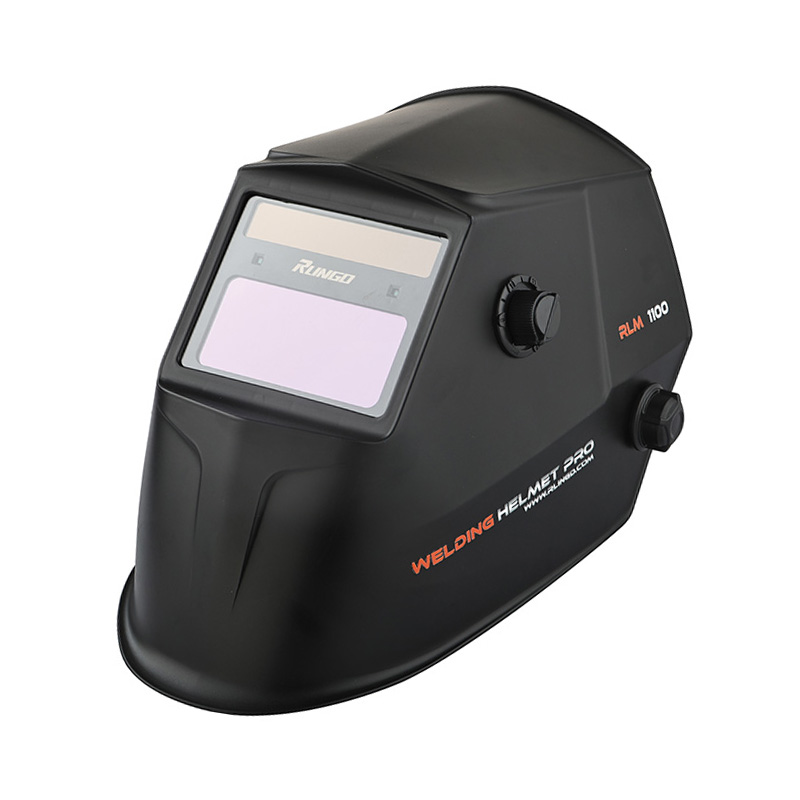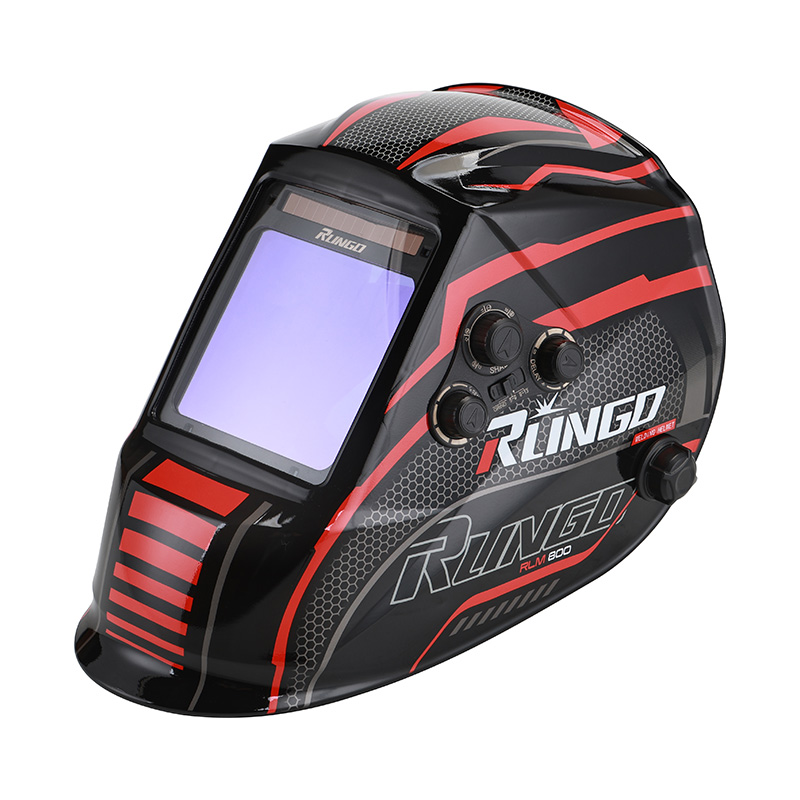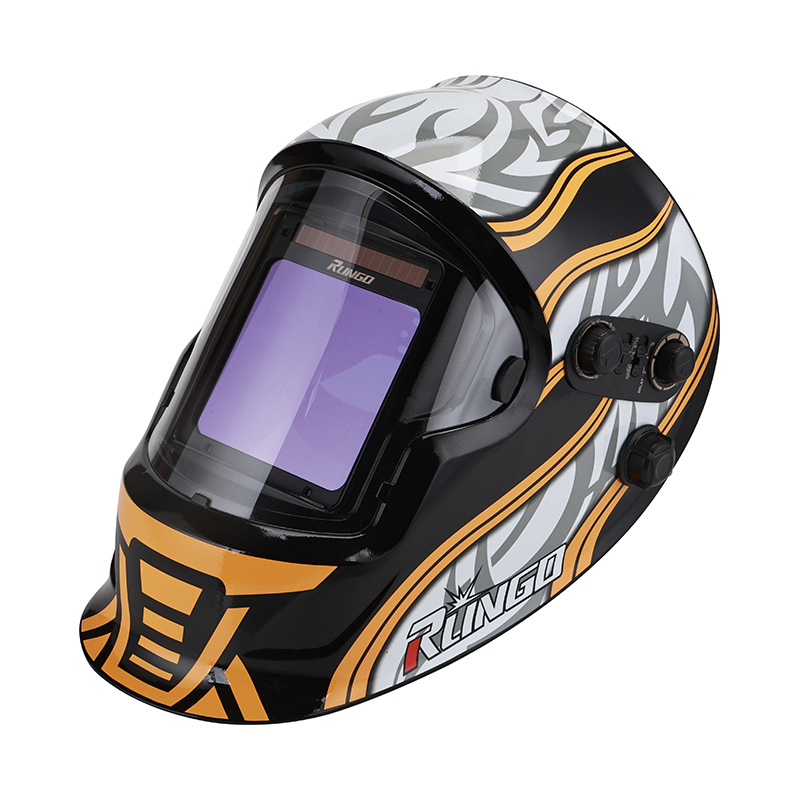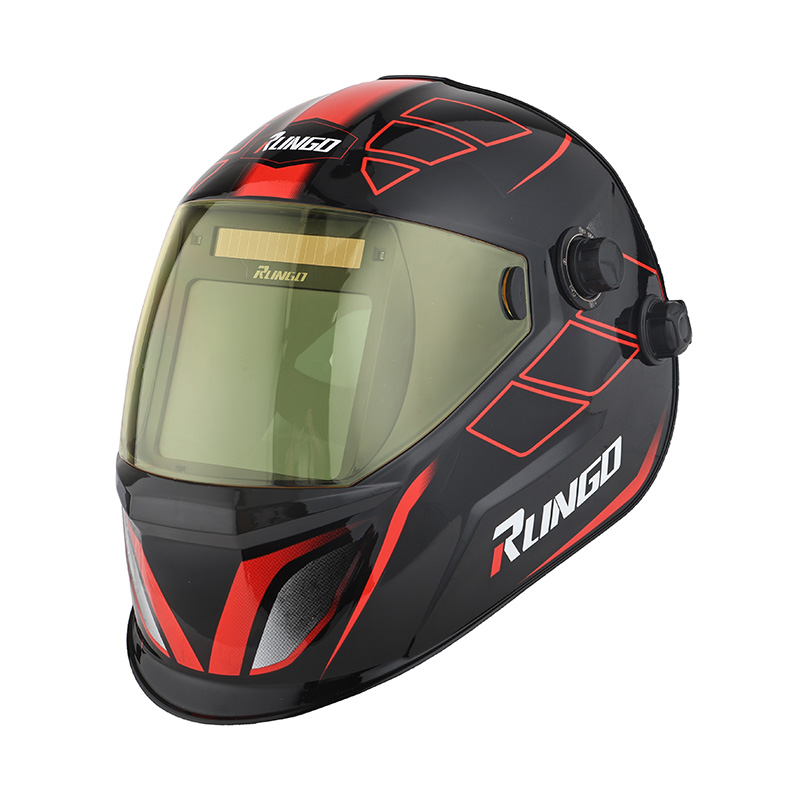Durability of Auto Lens Welding Helmets in High-Heat and Dust-Intensive Work Environments
2025-07-18
Materials and Build Quality for Harsh Conditions
When used in environments where high temperatures and heavy dust exposure are daily realities, the durability of a welding helmet becomes a critical factor. An Auto Lens Welding Helmet must be constructed from rugged, heat-resistant materials to withstand these challenging conditions. Most high-quality models feature reinforced thermoplastic or polyamide shells, which offer good resistance to heat deformation and surface damage. These materials maintain structural integrity even when exposed to radiant heat from prolonged welding sessions or when stored in hot workshops, ensuring the helmet remains functional over time.
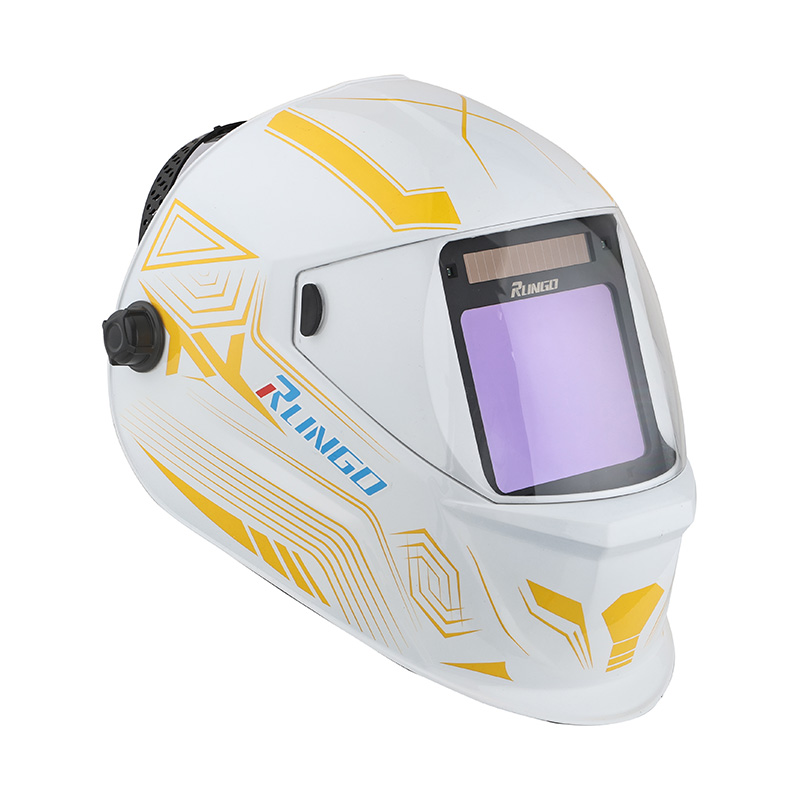
Lens Protection and Thermal Shielding
One of the sensitive components of any welding helmet is its auto-darkening lens. In high-temperature settings, the lens must be shielded not only from direct arc radiation but also from ambient heat that may compromise its electronics or delay response time. Many helmets include multiple protective layers or replaceable outer lenses to act as heat buffers, safeguarding the sensitive liquid crystal display and sensors underneath. These shields prevent warping or fogging and help the lens maintain its responsiveness even during extended work near heat-intensive processes such as arc gouging or overhead welding.
Dust Resistance and Sealed Electronics
In fabrication shops, shipyards, or construction zones, airborne dust and metal particles are common, posing a threat to both vision clarity and internal electronics. A well-engineered Auto Lens Welding Helmet addresses this by sealing sensor housing units and lens control circuits within protective enclosures. Rubberized seals and enclosed control panels prevent dust from interfering with sensor accuracy or short-circuiting delicate components. Dust-resistant coatings on outer lenses also help maintain visibility and reduce the frequency of cleanings needed during long shifts.
Ventilation and Heat Dissipation
Welders operating in hot or poorly ventilated areas often deal with heat buildup inside the helmet, which can cause discomfort and reduced concentration. Durable helmets are designed with strategic airflow channels and heat-dissipating shell geometry to improve ventilation without compromising protection. Some models incorporate sweat-absorbent liners or replaceable head pads that stay breathable even in hot environments. These design elements not only support the user’s comfort but also prevent heat-related warping or degradation of interior materials over prolonged use.
Resistance to Wear and Long-Term Performance
Extended use in demanding conditions accelerates the wear and tear of any safety gear. To address this, premium helmets often include UV- and IR-resistant coatings, replaceable interior components, and impact-resistant outer shells that endure scratches, drops, and heavy handling. The ability to replace worn gaskets, headgear, or external lenses contributes to the overall longevity of the helmet. Additionally, helmets rated to industry standards, such as ANSI Z87.1 or EN379, are tested for performance under environmental extremes, making them more reliable for consistent use in rugged settings.
Real-World Feedback and Use Cases
Professionals working in foundries, pipeline welding, and heavy steel fabrication frequently rely on their helmets in harsh, high-stress environments. Many report that the dependable Auto Lens Welding Helmet models remain functional for years with minimal issues, even when exposed to daily high heat and fine particulate matter. Consistent sensor performance, shell rigidity, and interior comfort are commonly praised features. This practical experience reinforces the value of investing in helmets specifically designed and tested for such conditions.
Conclusion: Engineered for Harsh Work Environments
In conclusion, an Auto Lens Welding Helmet built for high-temperature and dusty environments must combine advanced material technology with thoughtful design. Features such as heat-resistant shells, sealed electronics, replaceable protective lenses, and breathable internal components all contribute to its durability and functionality. When properly chosen and maintained, these helmets perform reliably in the tough welding settings, providing long-term protection and comfort. For welders facing extreme workplace conditions, durability is not a luxury—it is an essential requirement.



